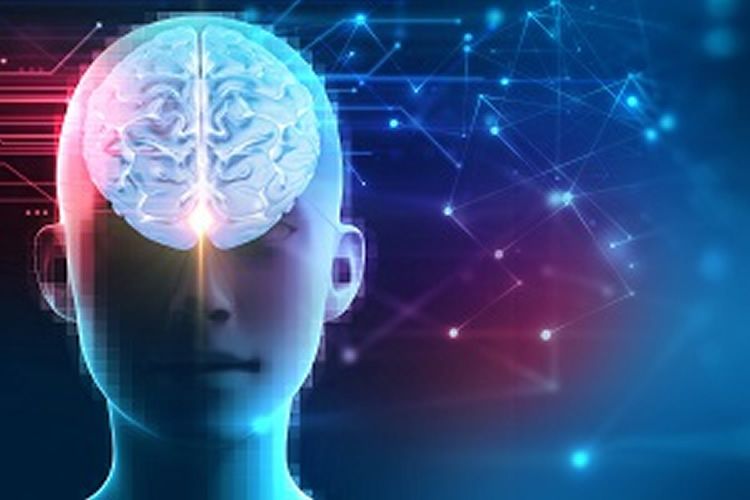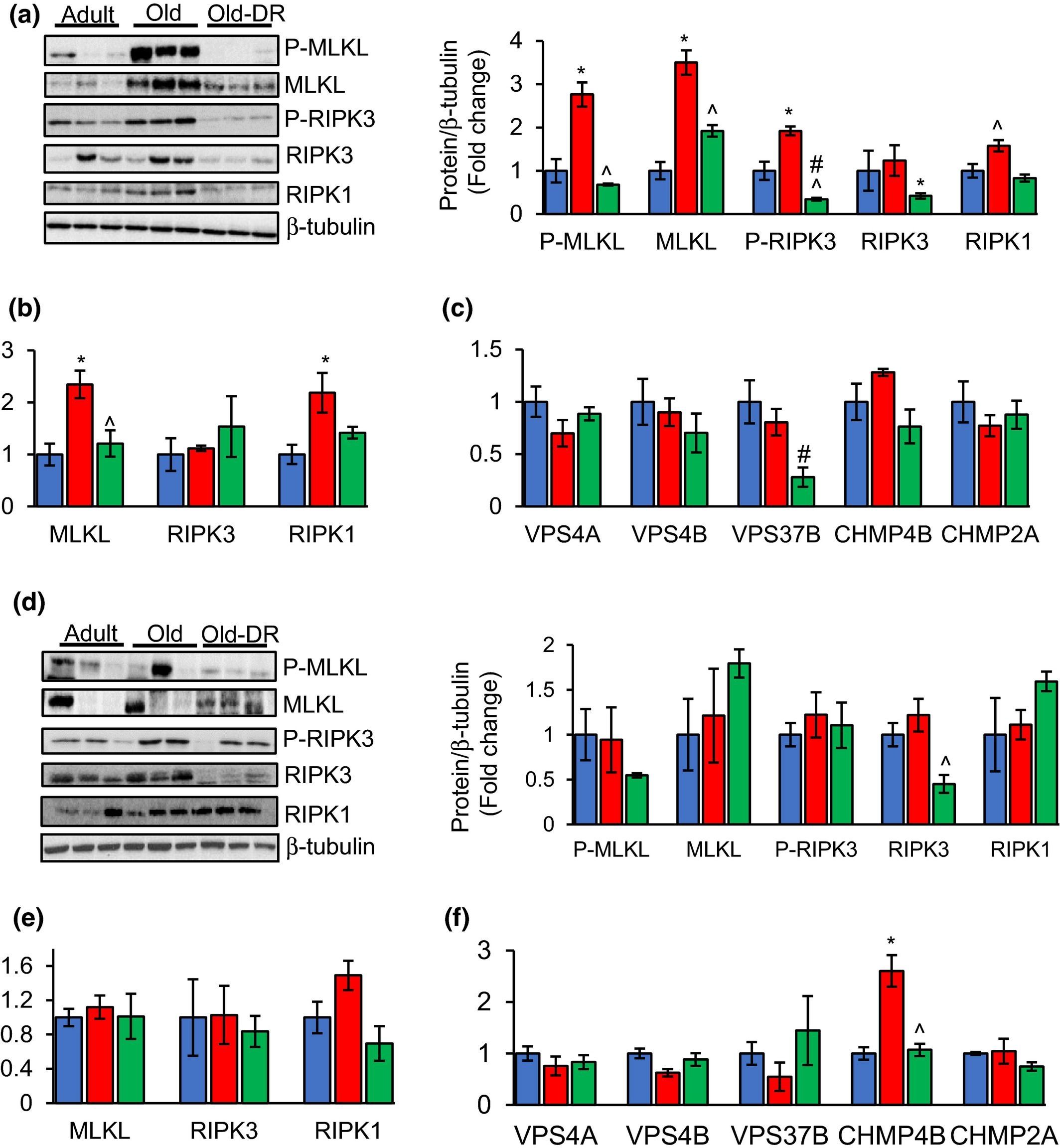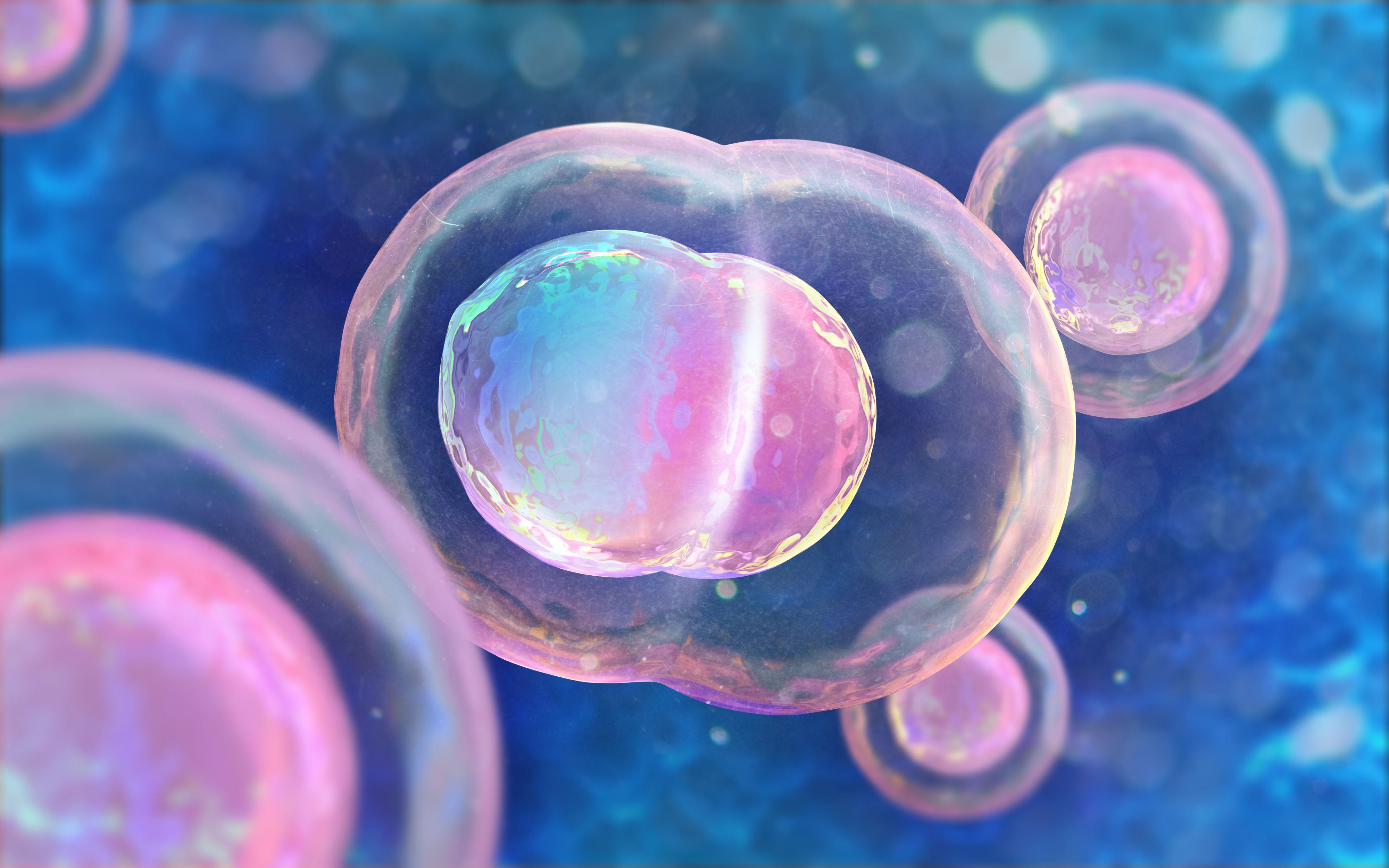May 7, 2018
A spectacular destination for astronomy fans is being built in rural Norway
Posted by Genevieve Klien in categories: cosmology, military, satellites
The facility, which was originally used by the US military to spy on Soviet satellites during the Cold War, is undergoing a major overhaul to attract tourists and researchers alike. In search of inspiration, Snøhetta’s designers took astronomy classes and were captivated by the architecture of the galaxy.
“We learned about the eight shaped analemma diagram that the moon and the sun makes if you watch them from the same point over 365 days,” says Skaare. “We were especially inspired by the ‘ugly moons’ of Mars, with its funny shape,” she says referring Phobos and Deimos, the red-planet’s two lumpy satellites.
Mars’s lumpy-potato moons, in fact, inspired the shape of Solobservatoriet’s visitor cabins. Surrounding the planetarium are several imperfect-sphere rooms for stargazers who want to spend the an evening in the forest—perhaps to catch the spectacular Northern Lights. Designed to accommodate groups of two to 32, the cabins will be loosely scattered around the planetarium, by design.
Continue reading “A spectacular destination for astronomy fans is being built in rural Norway” »


















